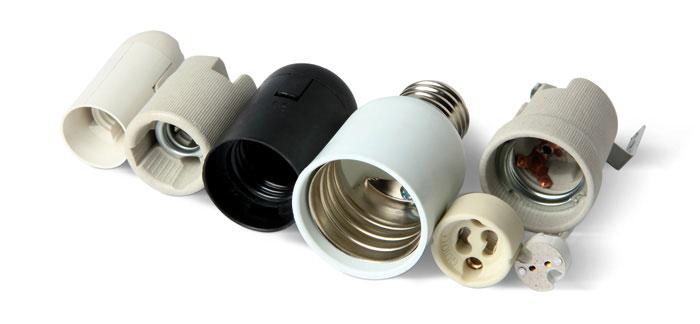Types of LED lamp bases
LED bulbs are gradually gaining importance in the lighting of homes, streets, transportation and industry. The most important thing when choosing a lamp is not to make a mistake with the parameters. There are different types of LEDs, and this article will tell you about each of them. How does one type differ from another? How to decipher the marking? Finally, what principles should be relied on when selecting a socket for an LED bulb? Answers further in the text.
A little introductory information
Base (also holder) is the part with which the bulb is attached to the socket and receives current. Base for LED devices come in Metal, plastic, ceramic. Some models do not need this part at all. The inner part of the socket holding the filament, and the outer - the connecting pins. For proper selection of sockets LED bulbs not unreasonable to know a little better about the different types and uses.
Types of bases for LED lamps
Threaded, E (Edison).
The most common type of holder. The letter E points directly to the father of this light bulb. Thomas Edison.. The threaded base is the most versatile mounting method, not only because of its simplicity, but also because of its 220V operation.
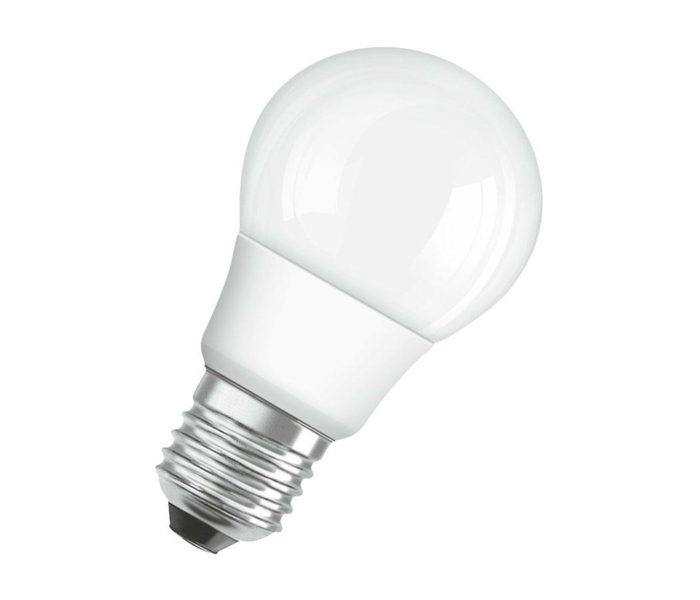
Known models of LED light bulbs with E-type connector:
Find out also: What's the difference between E14 and E27 bases.
Pin, G.
No less in demand are LED lamps with connectors marked with the letter G.
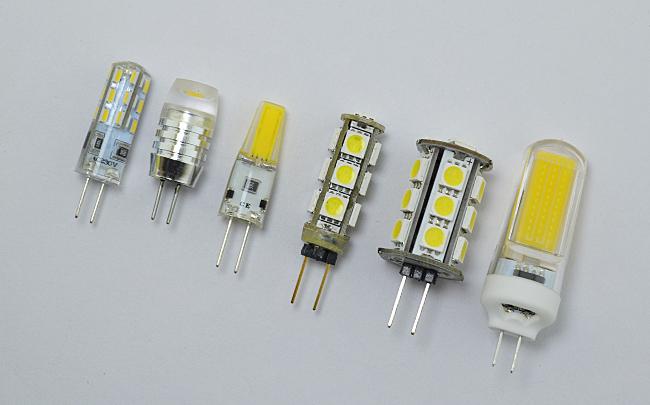
Most often the following models are used:
- GU3 (for 220 V or 12 V mains);
- G4 (12V or 24V);
- GU10 (rotary base);
- G9 (for decorative led lamps);
- G13;
- G23;
- GX53 is a bulb with a twistable base, used for stretch, suspended, plasterboard ceilings;
- GX70 - differs from GX53 only in the distance between the pins.
Telephone, T
This type of LED bulb is not used in the home. The fields of application are electronics and industry:
- control panels;
- automatic switchboards;
- power plants.
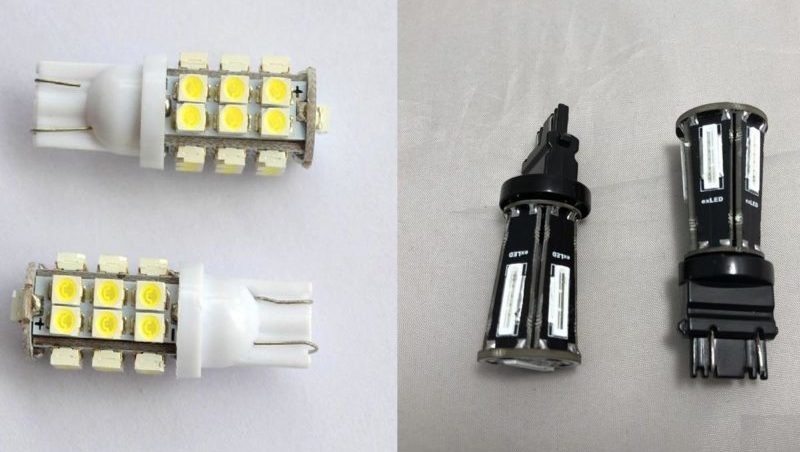
The number after the letter T in the marking shows the outer width, which is measured across the contact plates.
Pin, B.
This type of holder is essentially an improved version of Edison's threaded plinths. It was designed for smaller types of bulbs that can be quickly replaced if needed. The LED pin base is distinguished by round pins on the sides. With these parts, the holder slides into the socket.
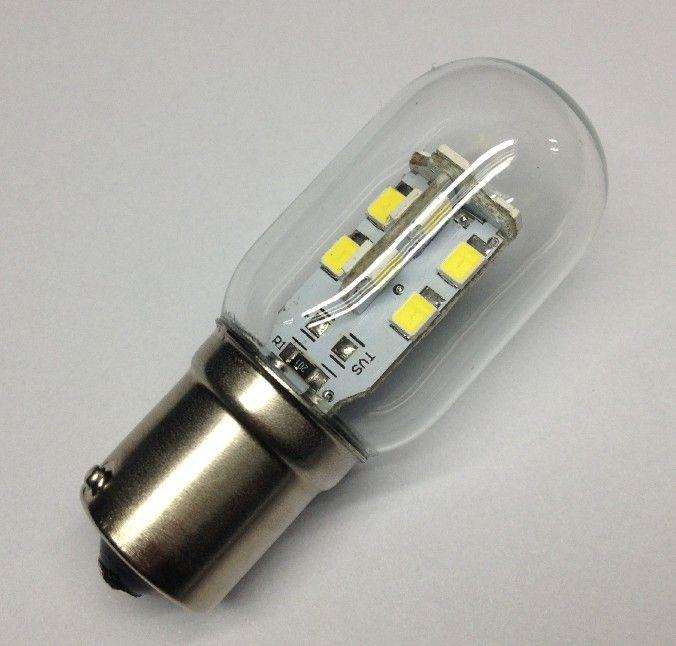
The B base needs to be easily rotated in order to "sit" in the socket.
There is also a model BA with asymmetrically arranged pins. These luminaires are used in car headlightslights, lights of ships, trains.
Holder with recessed contact, R
R-type mounts are rarely used in LED lighting. These bases are more typical for halogen and quartz bulbs. Most often, sockets with a recessed contact are used in small, lightweight fixtures that are part of high-intensity lighting systems. A simple example of such an installation is streetlights.
The most famous recessed contact holder model is R7s. The marking has numbers 78 or 118 after these symbols. This is the total length of the lamp in millimeters.
Sophitic, S.
Soffit holders are marked with a capital letter S. They are equipped with contacts on both sides. Motorists, of course, know the importance of lamps with soffit bases for license plate illumination. In addition, the S bases are used for lighting mirrors, ...bathrooms...as well as stages in theaters and concert halls. The number after the letter S indicates the size of the body diameter.
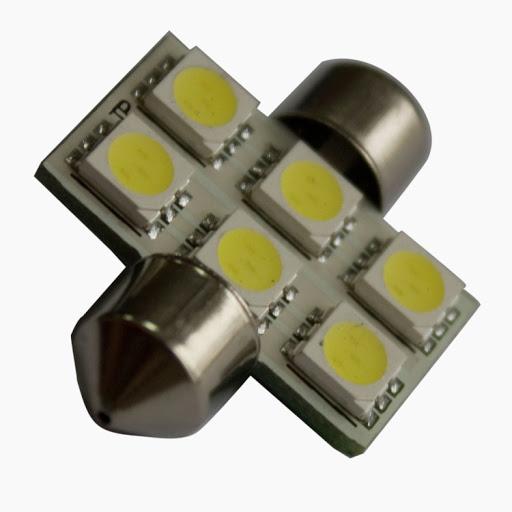
Focusing, P
The main task of this type of base is inherent in the name itself. Movie projectors, Spotlights: All these lighting fixtures are impossible to imagine without lamps with focusing mounts. The main nuance of such connections is a special lens. It collects and then scatters the light flux in the right direction. The number in the marking indicates the diameter of the holder body.
Features of holders
Threaded
This type of connecting connectors is used in almost all lights in the house - from chandeliers to wall sconces. Adaptation of LED lamps for this type of socket has contributed to the gradual departure of incandescent bulbs and economics. The holder itself with a thread is connected to the bulb bulb bulb bulb with a strong glue. Because of this, you should be extremely careful about replacing a failed model. If the base is left If the base remains inside the socket, it is best to use pliers to remove it.
Pins
LED connector with a marking G, compared with halogen "brother", gives a brighter glow, lasts longer, is almost not heated, "eats" little energy. Often, to coordinate the light flux in one desired direction in the lamp with a threaded LED-holder mounted reflector. Ceramic G bases with reliably insulated wires are widespread.
How to read the marking
Deciphering the marking on the holder is much easier than it seems. The first letter is the type of connector (they were listed above). After the letter comes a number that shows the distance between the pins or the diameter in millimeters. A small letter indicates the number of pins or plates (s - 1, d - 2, t - 3, q - 4, p - 5). At the end of the code may be another capital letter with additional information about lamp type. For example, the marking R7s indicates that it is a 7 mm diameter recessed contact base with 1 plate.
Rules for selecting the base for LED lamps
In order not to make a mistake with the purchase of the holder for the LED lamp, you need to consider a number of important points:
- Factor #1 - the voltage in the power grid. A certain type of connector can only work with the right voltage. So, for example, models E17 and E26 are not suitable for 220 V - only 110 V. At the same time, the G9 will only work at 220V.
- LED lamp bases E14 and E27 can not be used in circuits with dimmers (dimmers).
- If a lamp with a pin holder fails, it should not be thrown away immediately. The pins are the unique features by which you can find the exact same piece in the store.
- When selecting connectors, you should always consider the power rating of the entire light fixture.
Topical video.
